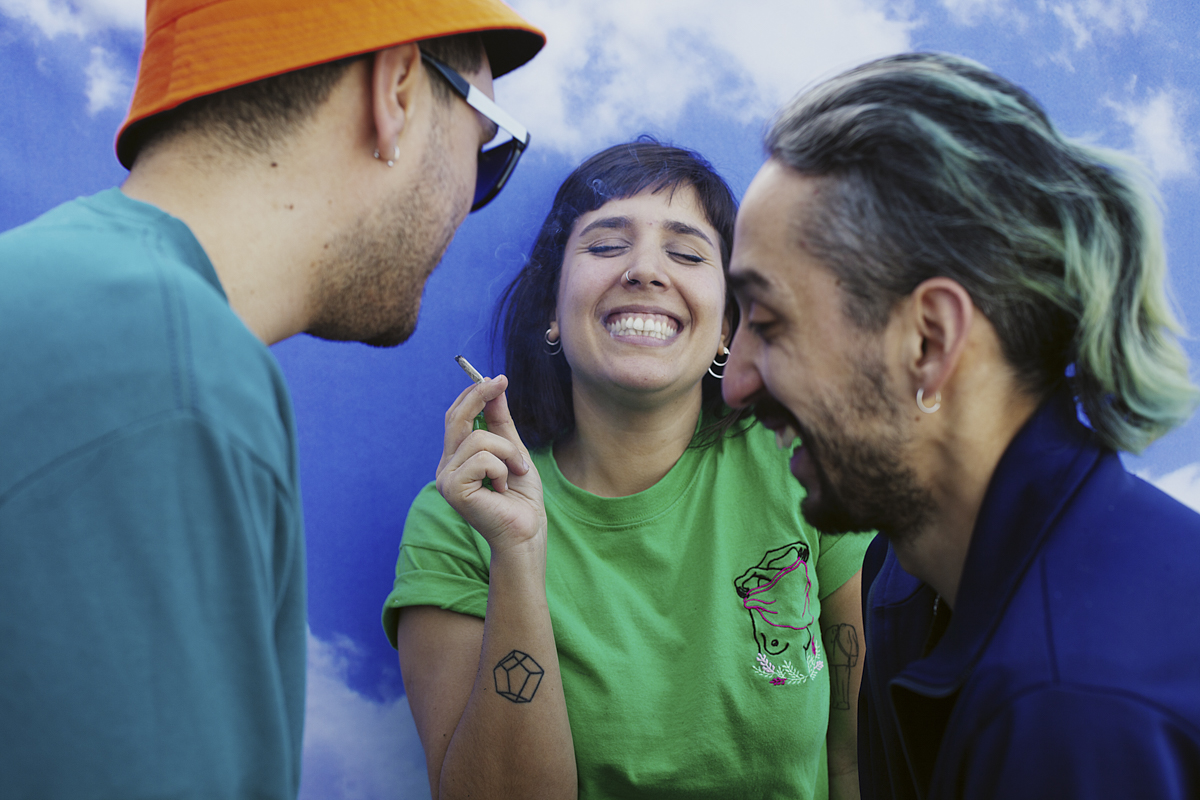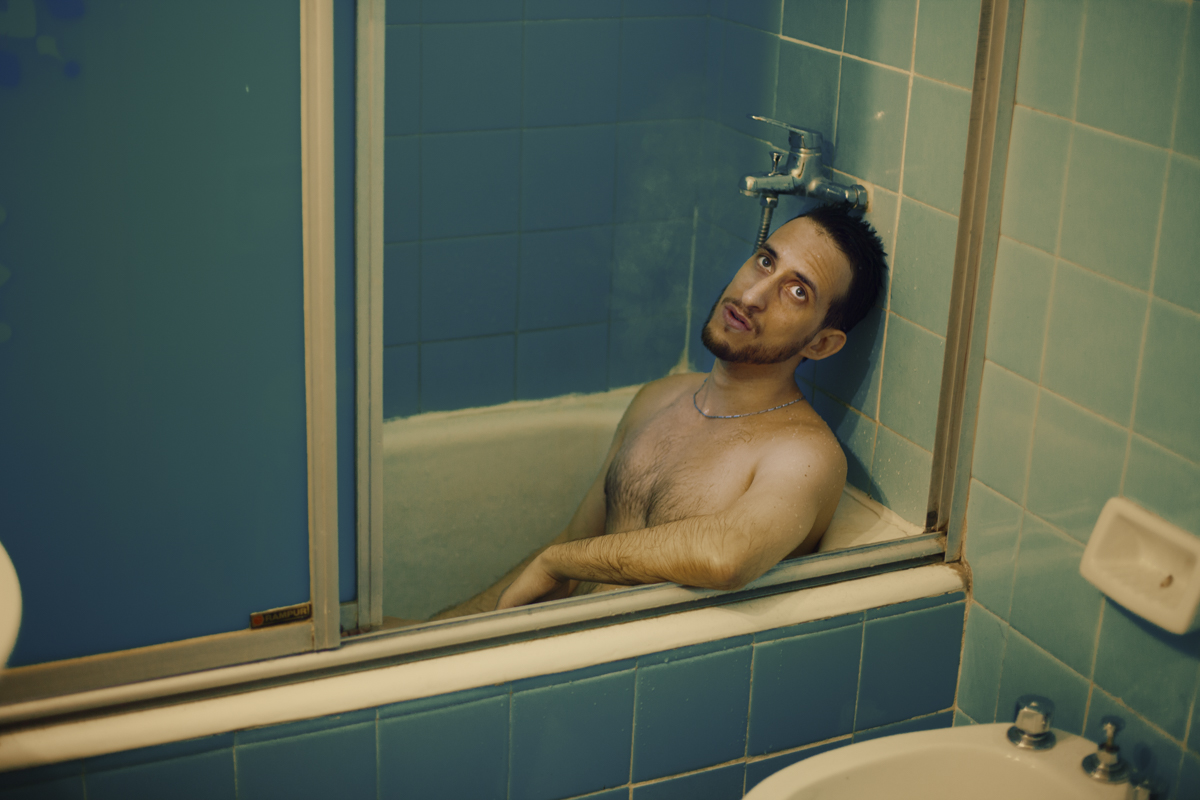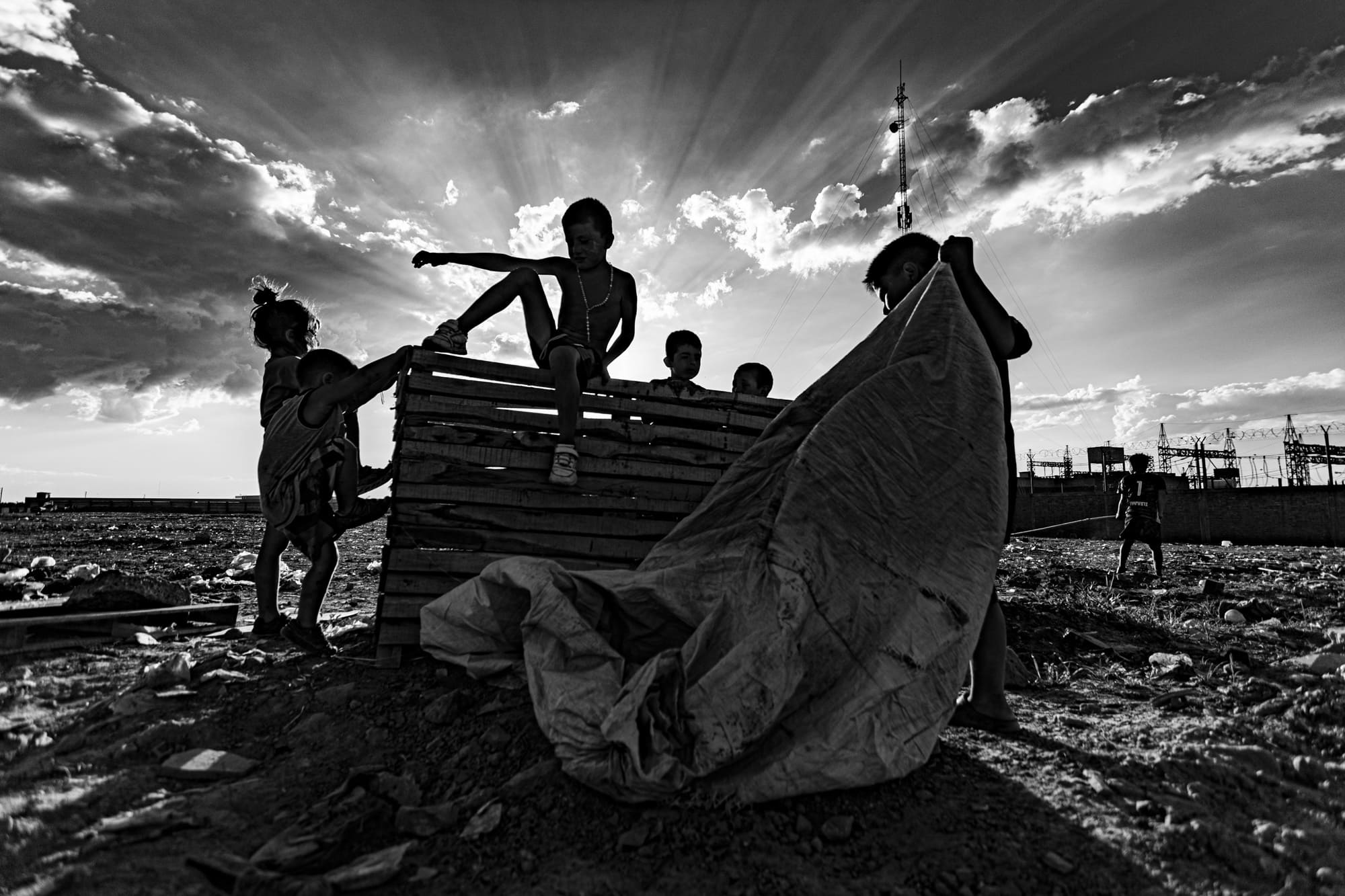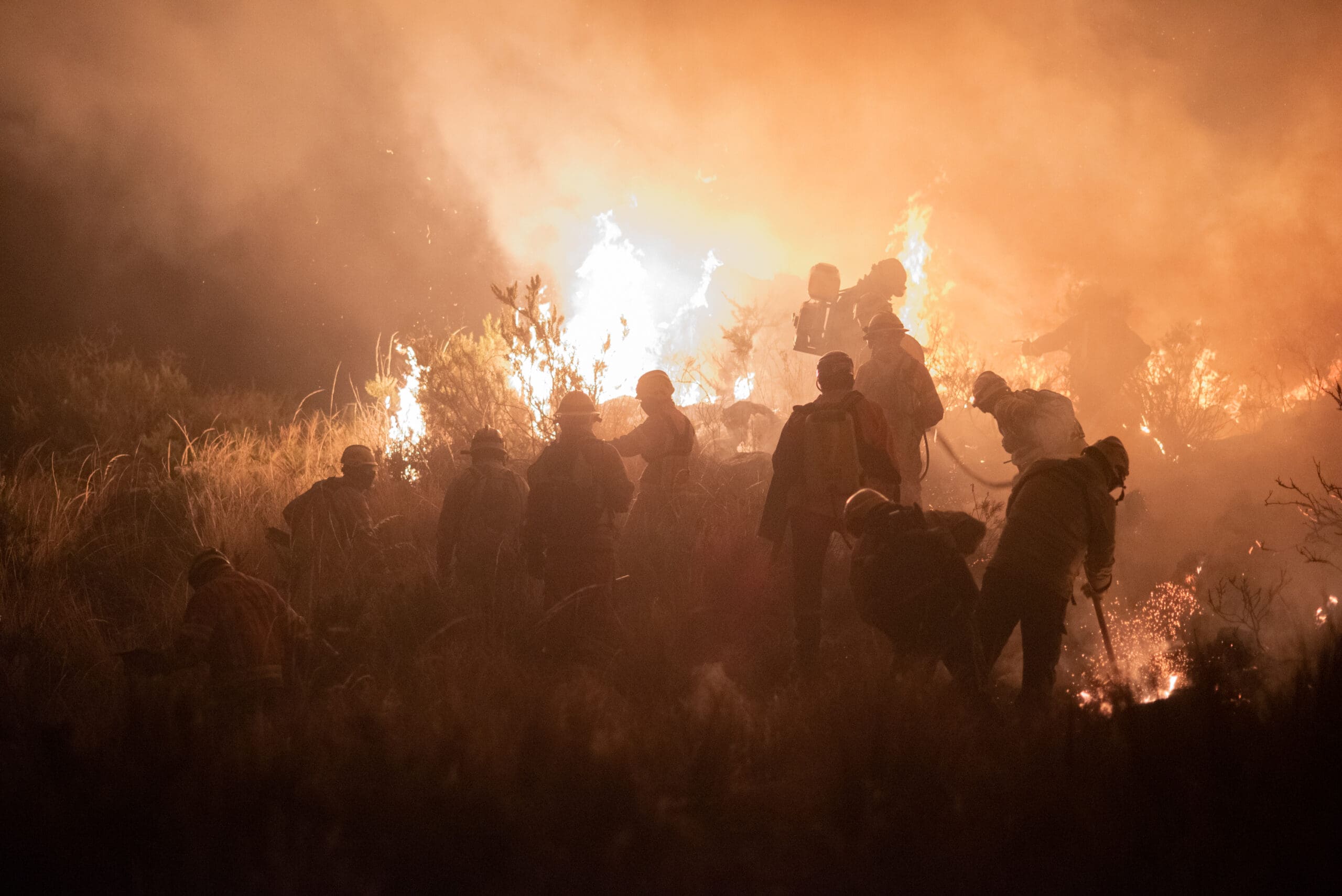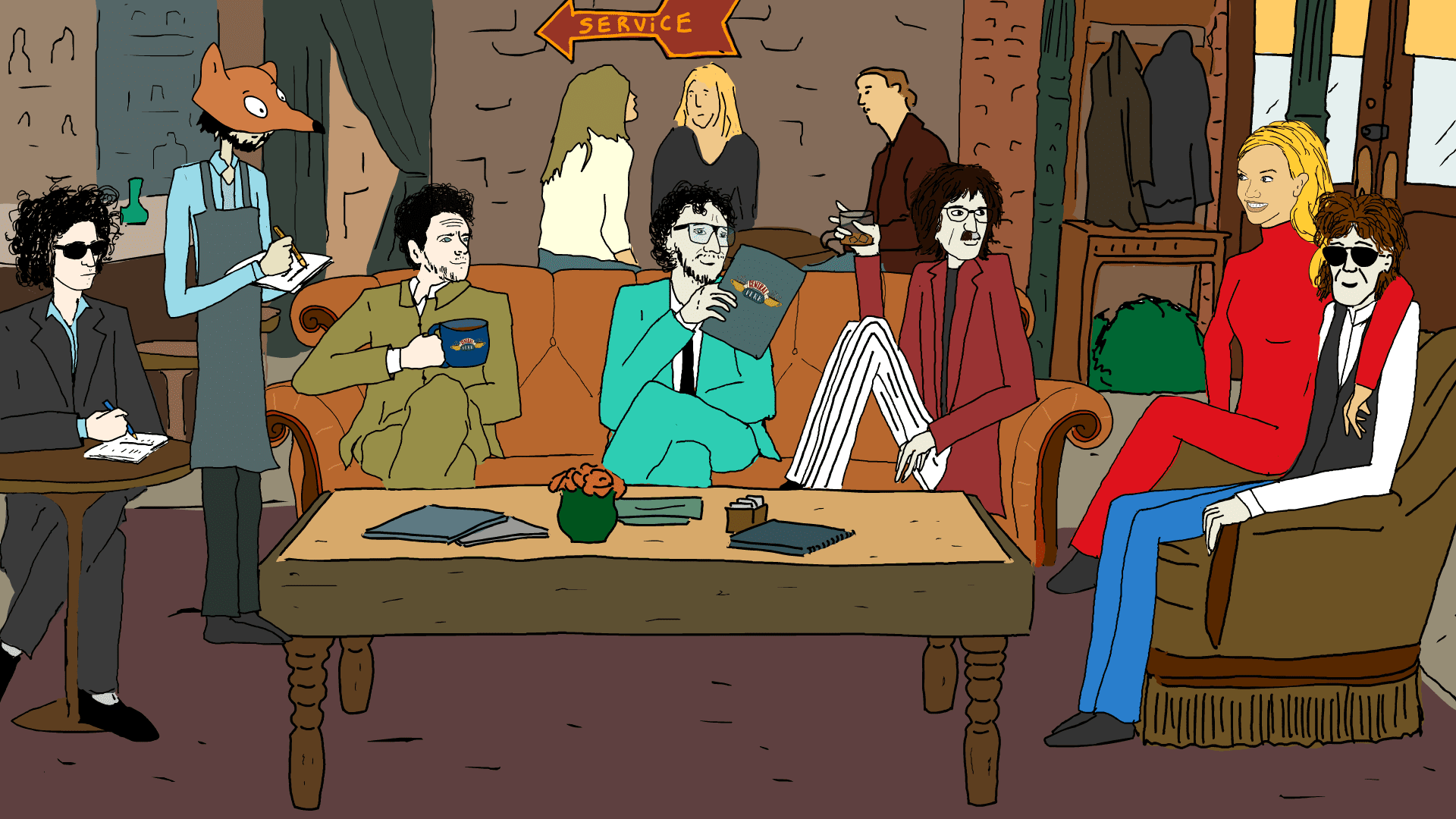A group of friends fashionable dressed, unique, laughing out loud. A man staring at the ceiling, bare chested, fit, with money. A young man in an immersion bath devote to pleasure. A girl with fuchsia hair and jean jacket on a terrace. If we added a beer, a fresh soda or a logo sneakers to any of these scenes , the result will be one: an advertisement.
Something like this was taken by the Sub Cooperativa photographers Gisela Volá, Nicolas Posuthomis and Gerónimo Molina, but with the difference that what is presented in those pictures is not a famous drink or a piece of cloth, it is something still illegal and in the oficial speeches stigmatized: the marijuana.
This work in progress is commissioned by Drogas – Políticas – Violencias, the multimedia platform which tries to dismantle myths and stereotypes through science, journalism and art. In the case of Sub Cooperativa, the idea is to move the focus of the usual places where it is used and show to what extent illegal substances coexist with daily life that fit within what we call normality.
The idea of how to face the project came from an anecdote that Gisela told to her partners. Last year, as a part of a visit of a Chilean friend and her teenage daughter, Gisela ended up smoking cannabis on the terrace with both of them and her own 17-year-old son . For her this was a breach: a substance that was more or less hidden, now it became part of a family ritual. Then, from the collective they wonder what would happen if the way to destigmatize was to show those close to them. The challenge is to show the collective from one’s own intimacy. “We are” says Gisela, “the ones who smoke or cultivate”. And so, why should the camera point ther way?
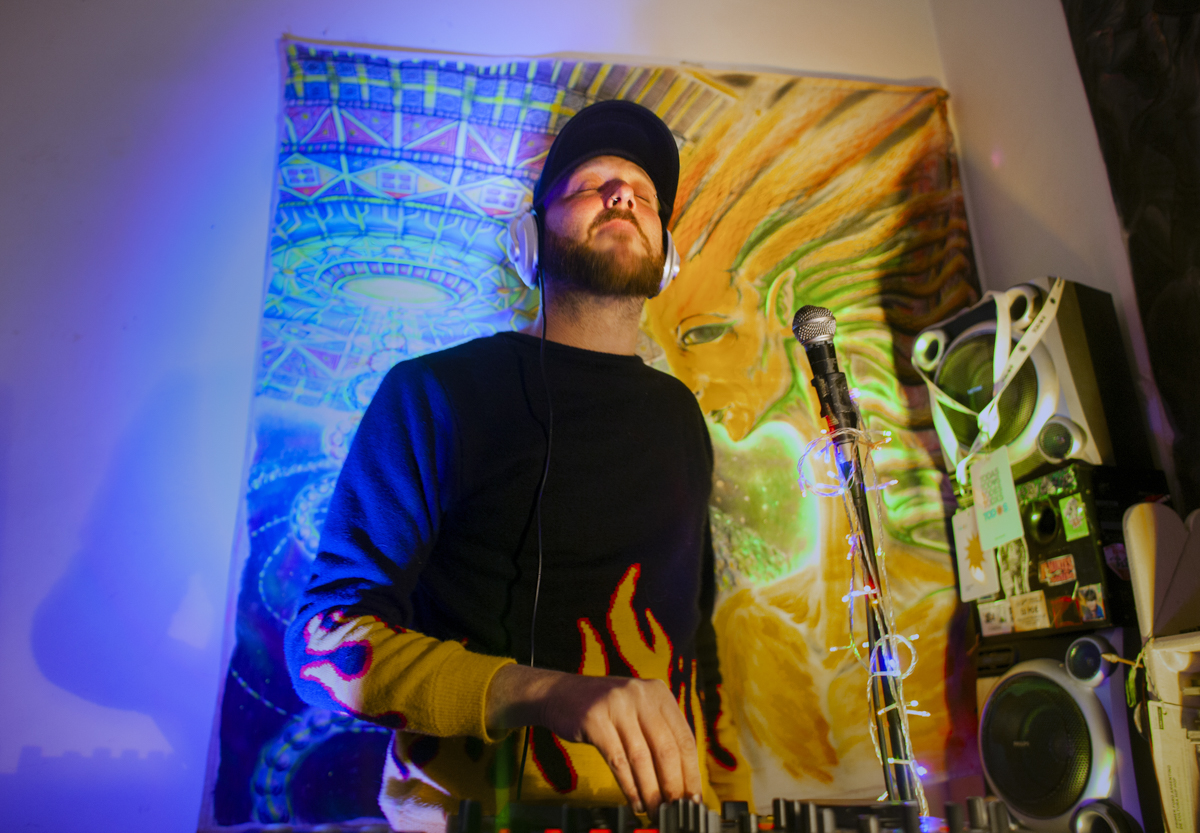
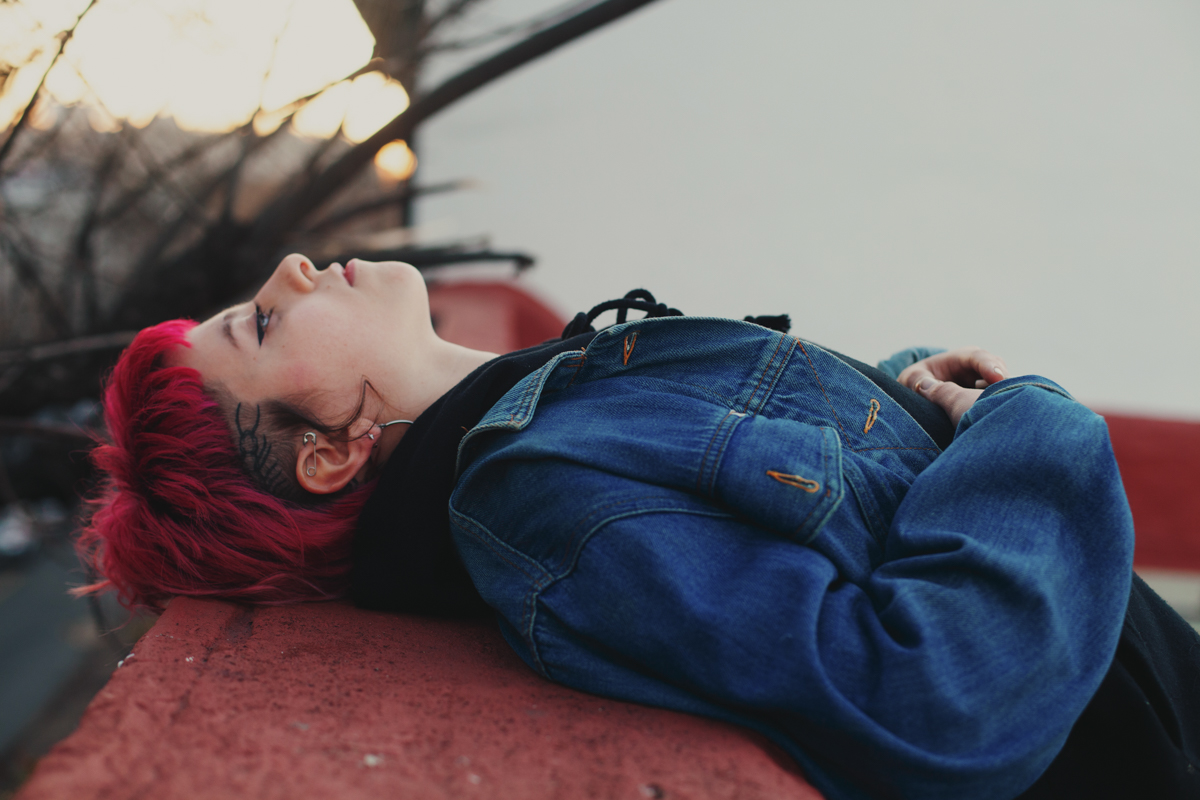
What do you want to achieve with this work?
The objective is to dismantle the cliché associated with consumption. Coca-cola doesn’t sell a “horrible brown drink”, but the glass of ice on a beach as a happy moment, they sell a sensation. So we ask ourselves: How can we use some of those expressive resources? We work with a film colorist, a 90s advertising visual that makes it intergenerational. This work is in an initial process. For now we choose images that convey pleasure, enjoyment, relish, and are the ones used to empathize in publicity; we are making a semiotic joke thinking of the advertisement as opposed to the clandestinity to which illegality forces.
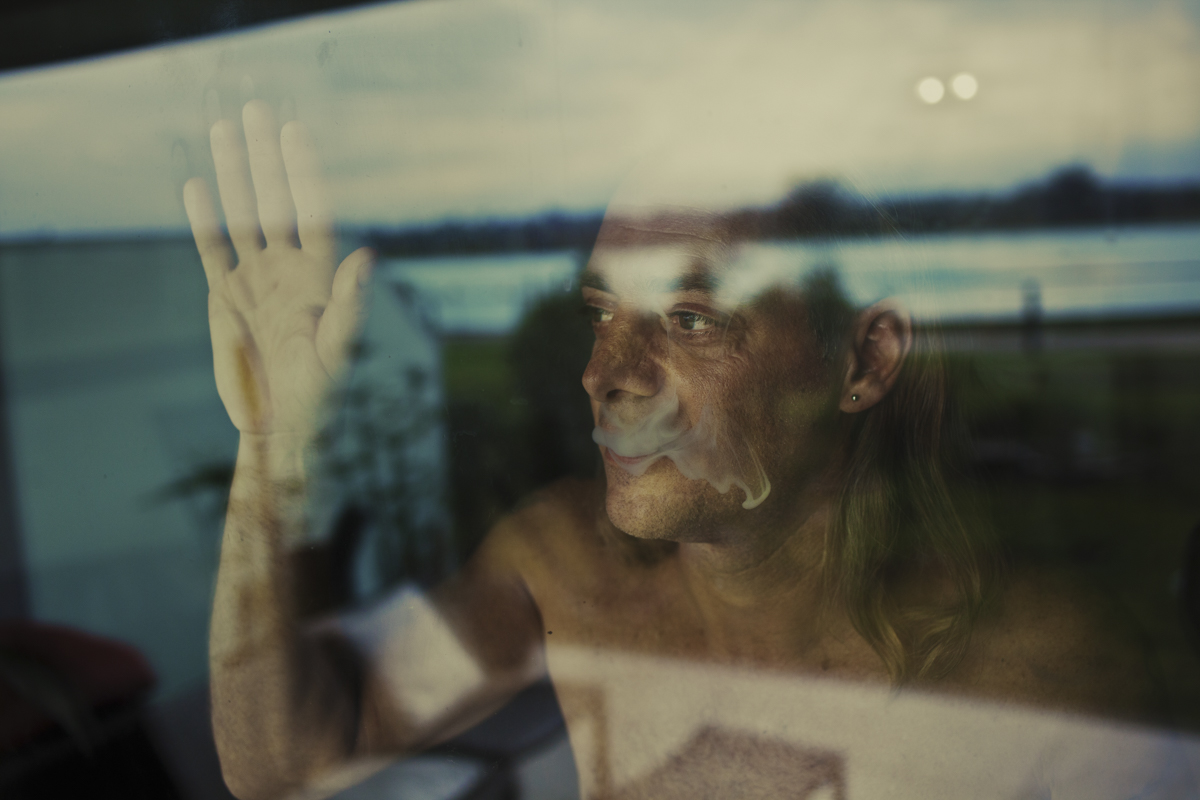
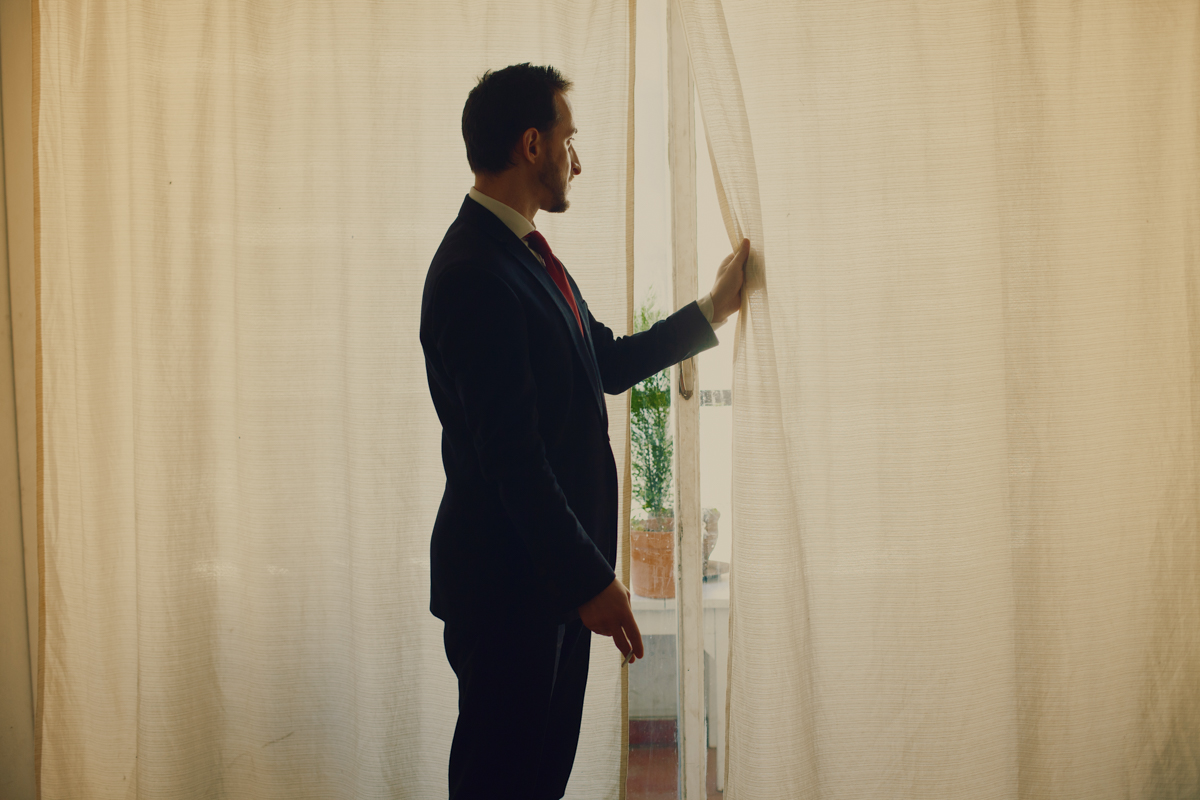
With what do debate the message you want to convey?
People who smoke are always thought of as a cliche: weak-tempered lost youth who “get addicted”, bohemians, marginals or “poor guys” who have problems they can’t solve. The truth is not like that. People don’t just smoke for problems, the problem is the world we live in. People smoke because it makes us connect with other senses that are not awake, or because it relaxes or makes you focus on something.
With these photos the bet is to target people who have an armed prejudice about who smokes and who doesn’t. What we are interested in is destigmatizing and show diversity, which can range from who your boss was or who sells you expensive clothes. We are interested in showing that people who smoke are near to you and you did not even suspect it.
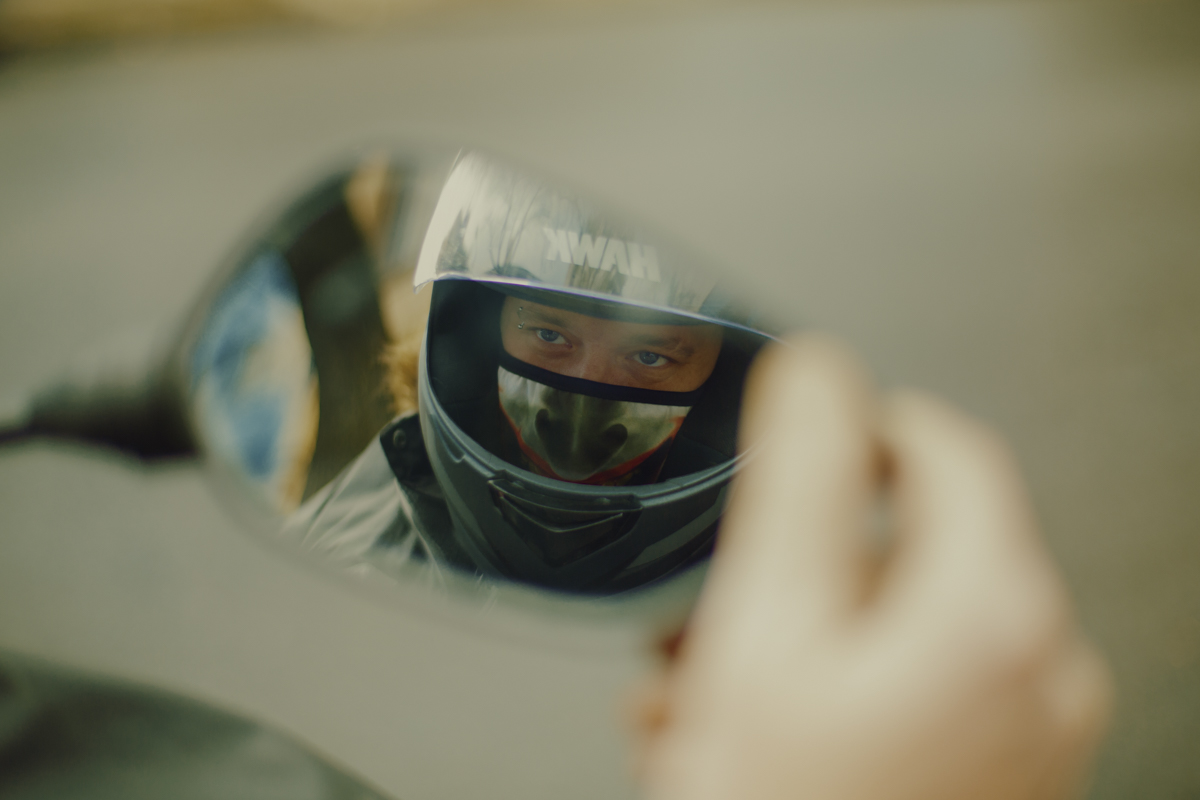
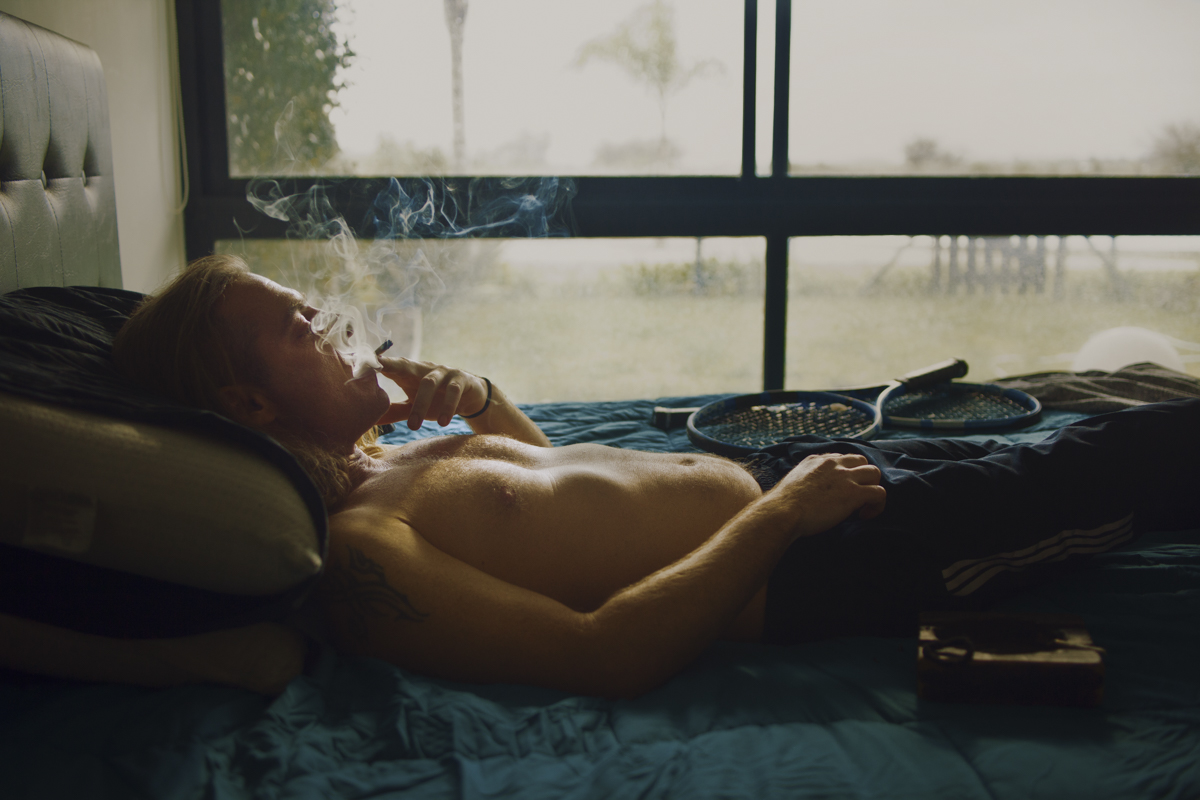
How did it turn out to point “inward”?
In photojournalism and documentarysm, for a long time it was thought that the stories were outside. These are times to understand that stories, a lot of times are born from inside us and a mirror appears, the camera rotates 360 degrees. This work is a big commitment: taking photos of my children is not somethin I do because is easy for me, what I am doing is assuming myself politically. The first time i smoked with my son, something wonderful happened. That individual experience was a beginning, then it spread to look for other unknown stories similars to mine. This work is about that: looking at my own navel and also that of others.
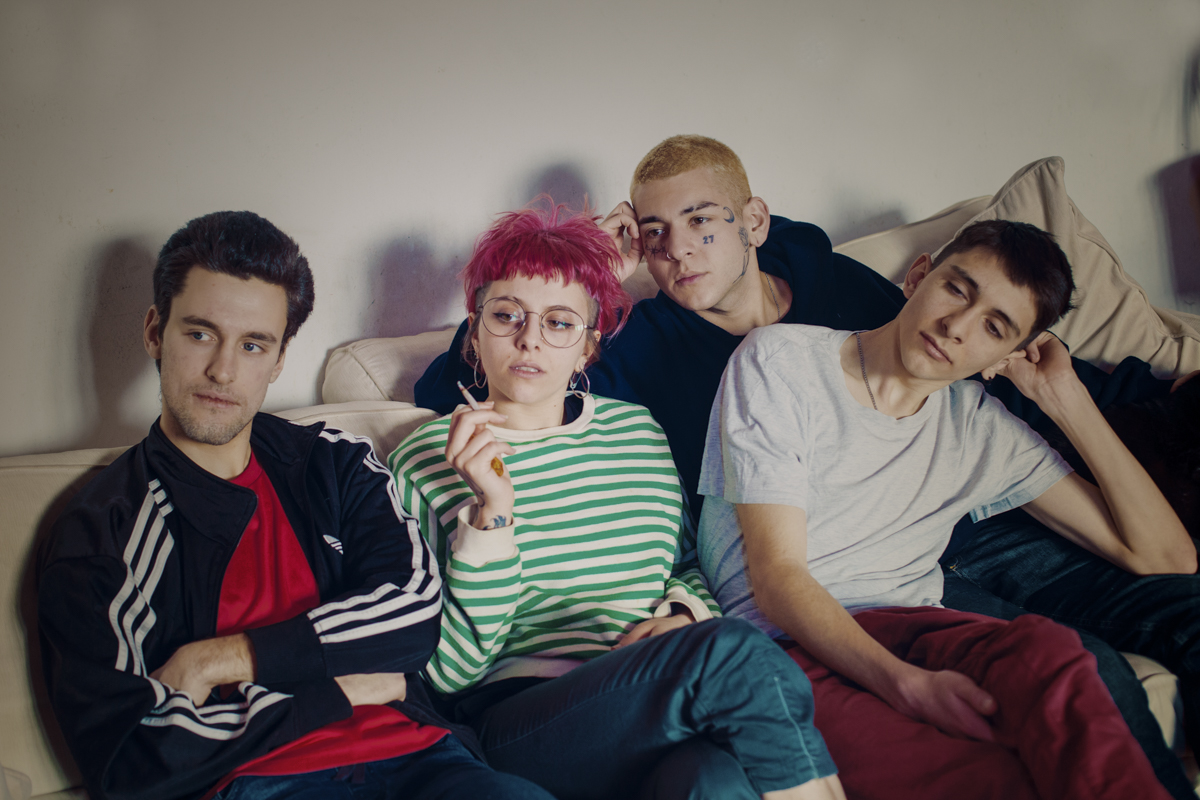
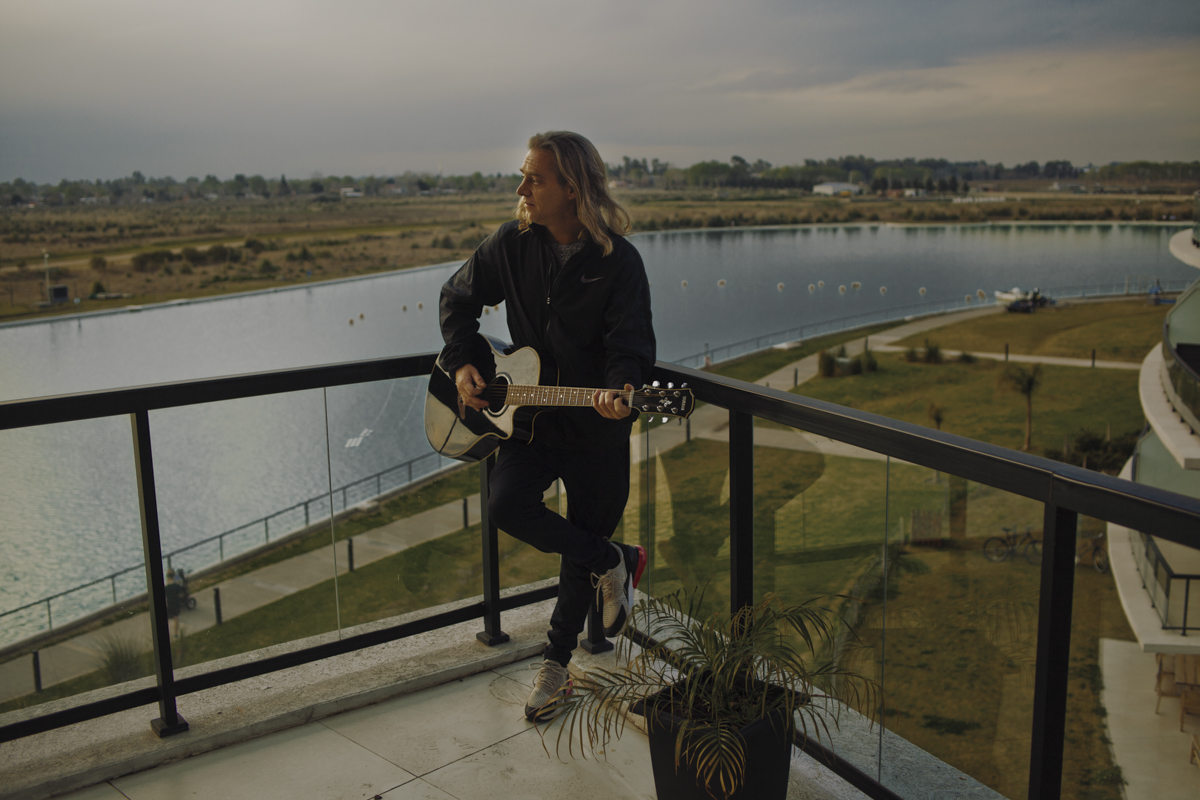
This is a work in progress, but how would you tell the stories of those who have been photographed by now?
We started to take pictures of my 19-year-old daughter, a tattoo artist and clothing designer, who lives alone, she cultivates and smokes in a special way with her friends: they watch movies, and play videogames. Then from my son. And from Gillermo, a tuxedo salesmale who, when he comes back from work, what he most enjoys the most is closing the doors and curtains, smoking and taking a soaking bath, in a relaxed mode. Another story that we portray is one of an almost 50 years old man, who lives in the country, plays tennis and is a boss. For him, cannabis is a ground wire, an emotional restraint, a company. We also took photos of Javito, a DJ, who now streams and smokes press because he doesn’t have space at home to grow crops. Finally we photographed Sofía, Tobías and Alexis, a group of university students who experiment with seeds to see how the different strains stick together, when they smoke they get together to eat something delicious.
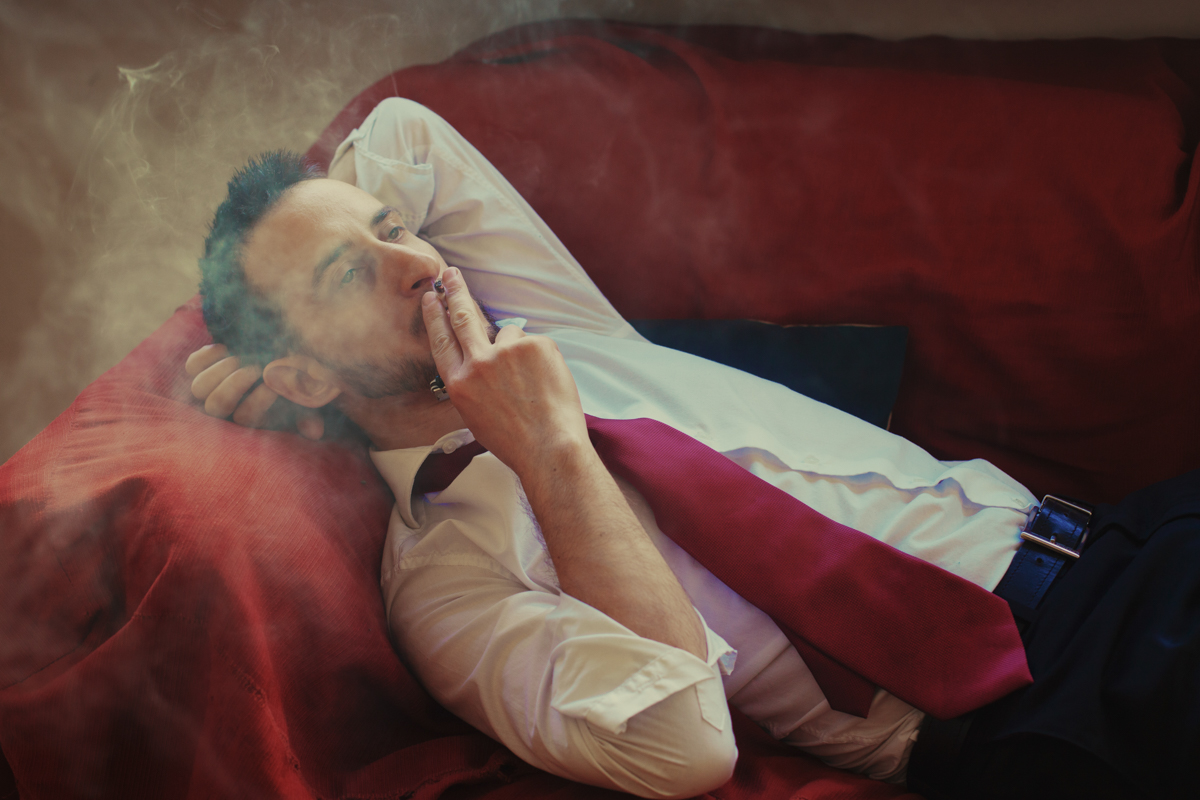
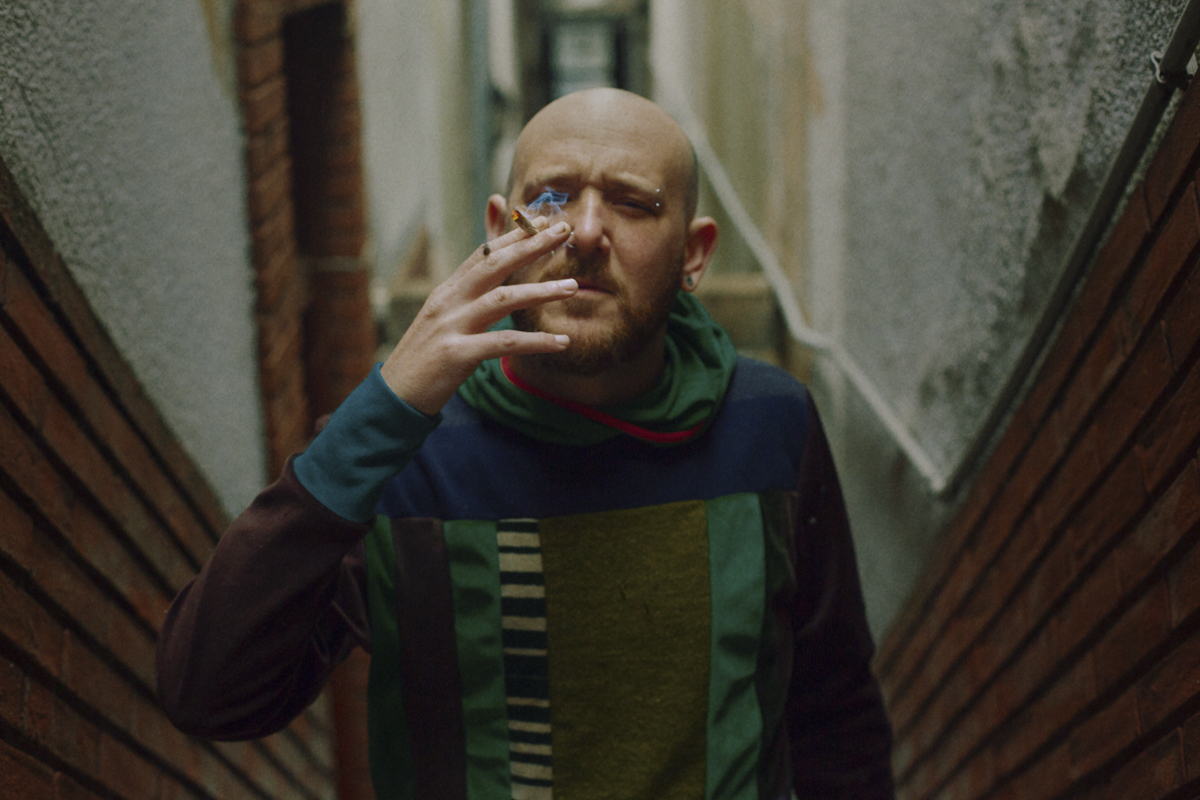
How does social class play in this work?
We are a cooperative of photographers born and raised by the 2001 criss. For about ten years we looked at a certain part of the society: peasants, workers, assembly members, social movements. At one point we turned the cameras towards the upper classes. I think it was one of the biggest challenges because we realized what power means. In popular sectors no one had never asked us for a permit, but when we entered this other sector, the lawyers and the contracts appeared. In this work of cannabis use there is something linked to stigmas and stereotypes. One is that of social class: it is thought that those who smoke do not have money and the tendency is to label the one from lower class as a “drug addict.”This is not the case, and that is why it seems necessary to us to talk about the middle and upper classes, who buy from the kids in the next neighborhood.
